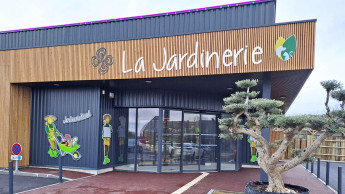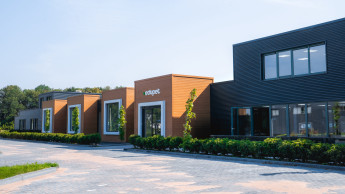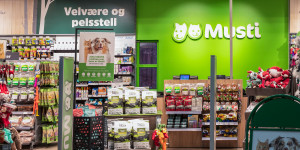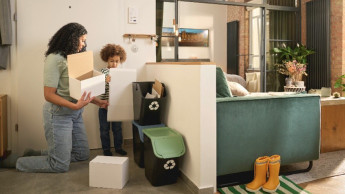

The 100 biggest shopping centres in Austria occupy an area equivalent to 200 football pitches. A further 800 000 m² of malls is also envisaged, many of them around Graz
The latest study "Shopping Center Top 100 - 2006 Edition" from the company RegioPlan Consulting of Vienna offers a detailed survey of the 100 biggest shopping centres in Austria, plus the main projects in the pipeline. In all the country has around 120 shopping centres that have a retail area of over 5 000 m², at least five shops and a continuous mall. Of the 100 biggest malls, most are located in Vienna, followed by Lower Austria and Upper Austria. When it comes to average retail area per shopping centre, Lower Austria is out in front with approx. 19 500 m² per centre.According to the study, the average retail area has increased since 1996 by a whopping 39 per cent and is still rising. Added together, the sales areas of the 100 biggest shopping centres in Austria amount to around 1.64 mio m². And there's no end in sight: with 38 new malls in the pipeline and expansion plans for 15 existing malls, an increase in area of approx. 800 000 m² is anticipated in the next three years. The reason given in the study for this rapid development is that customers have become more discerning and "soft facts", such as an attractive ambience and customer-friendly architecture, are in greater demand. Many old shopping centres can no longer offer this and are having to modernise to respond to the wishes of their clientele. And in most cases, a makeover includes extending the floor area too, because more space conveys the impression of more choice and competence.It's getting increasingly crowded around Vienna, Linz and Graz. Eight of the top ten shopping centres are already located close to these cities and over 20 new malls are planned for this region. Graz in particular is swamped: the Shopping City Seiersberg and Shopping Center West, for example, want to expand, and three new shopping centres, each with a retail area in excess of30 000 m², are proposed in the immediate vicinity of Austria's second biggest city. If all these ventures go ahead, Graz will have the highest density of shopping centre retail area per capita in Austria.RegioPlan's study also detects a trend towards the inner city, however, with projects in urban districts enjoying increasing popularity. Shopping centre operators thereby want to exploit existing pedestrian frequencies in enlarged inner cities. And the mix of goods is undergoing a transformation too: since 1996 clothing, sports goods and toys have made considerable inroads into the retail area, along with electrical goods. The supermarkets have…
Related articles
Read also

 Menü
Menü






 7-8/2006
7-8/2006












 Newsletter
Newsletter